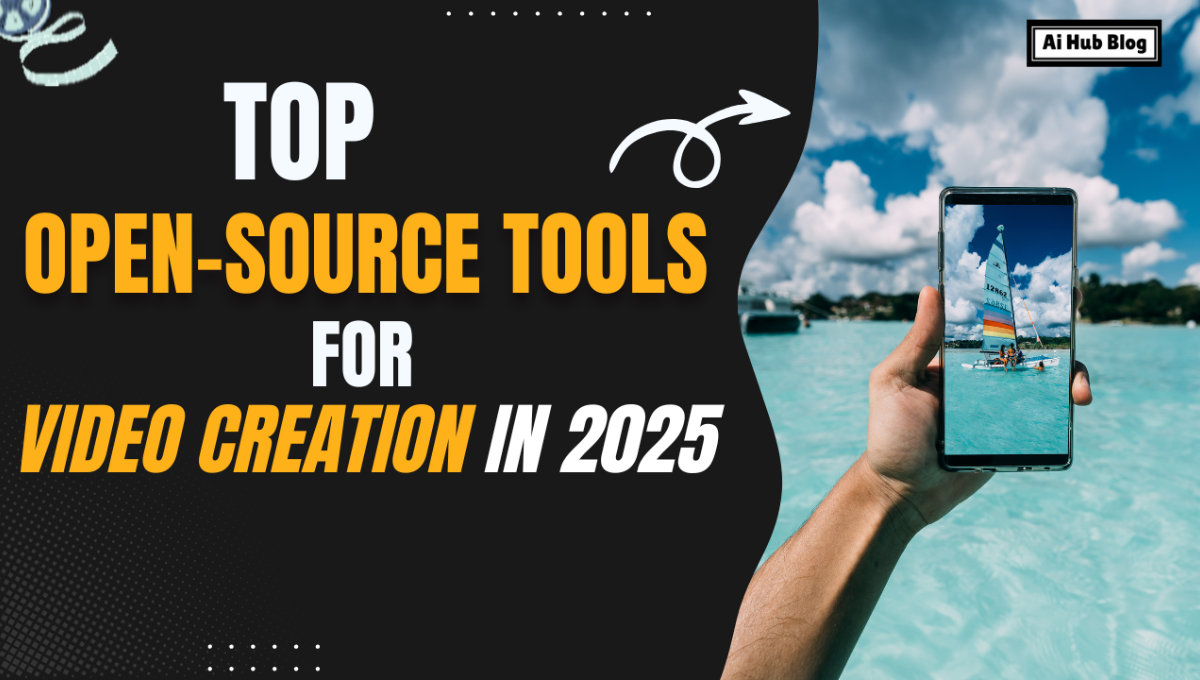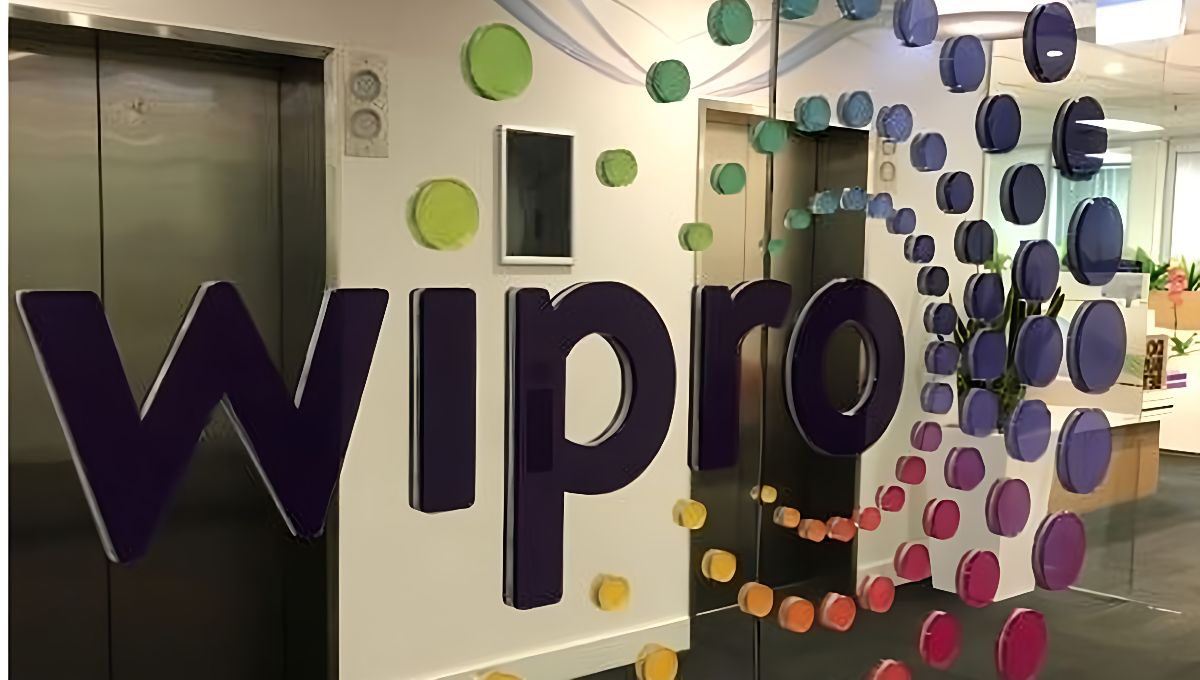How Modern App Security is Evolving in 2025
Applications have become the backbone of how organizations deliver services, connect with customers, and run day-to-day operations. Every transaction, interaction, and workflow now relies on web apps, mobile platforms, or APIs. That critical role has made applications a top target for cyber attackers.
As software systems grow more complex—using microservices, third-party libraries, and even machine learning—the security risks increase. Traditional security tools often can’t keep up with the speed and complexity of modern development. This has led to a shift towards smarter, automated security solutions that can analyze patterns, detect threats early, and help teams stay ahead of potential attacks.
Best Practices for Using Modern Application Security Tools
To get the most from today’s advanced security tools, organizations should follow these key practices:
-
Start security early: Integrate security checks at the beginning of the development lifecycle to catch issues before they reach production.
-
Use a layered approach: Combine intelligent tools with traditional methods like SAST, DAST, and manual code reviews for broader coverage.
-
Let tools learn over time: Choose solutions that evolve with exposure to new threats and feedback.
-
Keep experts involved: Automation is powerful, but human oversight is still crucial for complex decisions.
-
Stay compliant: Ensure tools help map vulnerabilities to key regulations like GDPR, HIPAA, or SOC 2.
Top 5 Modern Application Security Tools of 2025
1. Apiiro

Apiiro helps teams understand and manage software risk across the entire development process. Instead of just scanning for known vulnerabilities, it looks at code changes, developer behavior, cloud settings, and other factors to understand the real risk. It prioritizes issues based on business impact, not just technical severity.
2. Mend.io

Mend.io offers a complete platform to secure all kinds of software components—whether written by developers or generated automatically. It covers source code, open source packages, containers, and more. Its smart tools go beyond detection to help teams fix problems quickly and reduce the time security issues sit unresolved.
3. Burp Suite

A long-time favorite among security professionals, Burp Suite now includes smarter scanning powered by machine learning. It adapts to changes in how modern applications behave, especially those rich in APIs or dynamic content. This makes it more effective at uncovering hidden vulnerabilities during testing.
4. PentestGPT

PentestGPT brings automated security testing to the next level. Unlike scanners that rely on predefined patterns, it simulates how real attackers think—coming up with new ways to exploit weaknesses. It’s also a great learning tool, helping teams understand how vulnerabilities work and how to defend against them.
5. Garak

Garak focuses on securing applications powered by large language models and other advanced systems. As businesses integrate these technologies into customer support, automation, and decision-making, new threats emerge. Garak helps defend against issues like prompt injection attacks and data leaks that are specific to this new kind of software.
Key Features of Intelligent App Security Tools
Most modern application security tools share a few common strengths:
-
Smart vulnerability detection: These tools are trained on large sets of real-world security data, so they can spot issues more accurately than traditional scanners.
-
Helpful fix suggestions: They don’t just find problems—they suggest how to fix them, often showing code examples or step-by-step instructions.
-
Real-time monitoring: Instead of scanning once in a while, these tools keep an eye on your applications as they run, catching threats as they happen.
-
Risk-based prioritization: Not every vulnerability matters equally. These tools rank issues by how likely they are to be exploited and how much damage they could do.
-
Smooth integration: They work well with existing DevOps tools, fitting into workflows without slowing development down.
Building Secure Software for the Future
Securing applications today isn’t just about finding bugs—it’s about building strong, adaptable systems that can keep up with fast-moving development and new technologies. The best security tools help teams understand risk, fix problems quickly, and protect even the most advanced software—from traditional web apps to intelligent systems that power business decisions.
As the software world continues to evolve, so must the way we secure it. In 2025, the most successful organizations will be those that treat security not as a checkpoint, but as a continuous, integrated part of building great products.
Also Read:
“The 5 Best Vibe Coding Tools Every Developer Needs in 2025”















